The cold season in Edmonton doesn’t just bring snow and ice — it brings sore muscles, sluggish circulation, and that all-too-familiar winter fatigue. As daylight fades and temperatures plunge, many people also experience Seasonal Affective Disorder (SAD) — a mood-lowering condition caused by reduced sunlight. The result? Low energy, tense shoulders, and a general sense of feeling “off.”
That’s where massage therapy becomes more than a luxury — it’s a remedy. At The Touch Massage & Wellness, we help Edmontonians fight the effects of the cold season with treatments that warm the body, calm the mind, and lift the spirit. Massage boosts circulation, eases stiffness, and releases natural endorphins — helping counter both physical discomfort and the emotional drag of winter.
This cold season, don’t just survive the chill — stay balanced, relaxed, and re-energized from the inside out.
The Impact of Cold Weather on the Body
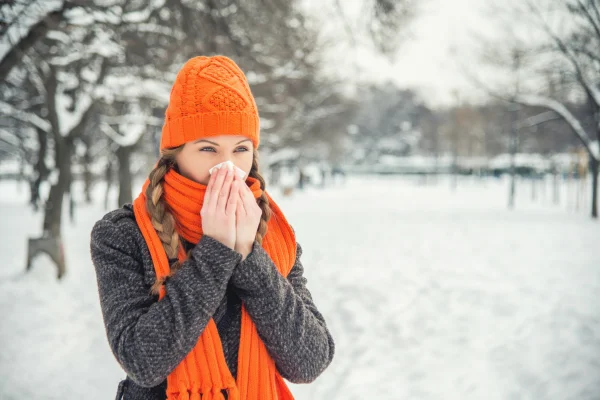
Cold weather significantly affects your body, leading to various physical reactions. As temperatures drop, blood circulation tends to slow, making muscles and joints stiffer. This can heighten discomfort, especially for those with pre-existing conditions. The cold can also challenge your immune system, increasing vulnerability to illnesses, while the dry air may lead to skin and respiratory issues. Understanding these impacts can help you take proactive steps to maintain your well-being during Edmonton’s frigid months.
Common Cold-Weather Ailments
Exposure to cold weather can lead to ailments such as frostbite, chilblains, and increased instances of colds or flu. You may also experience dry skin, chapped lips, and increased headaches due to the change in humidity levels. These issues can not only diminish your comfort but also affect your daily activities. Staying vigilant about prevention and treatment is imperative to navigate these cold months effectively.
Muscle Tension and Soreness
Low temperatures often lead to muscle tension, making you feel tighter and more sore. The colder it is, the more your body tends to guard against the chill, causing muscles to contract. This response can result in discomfort that inhibits movement and affects overall mobility, especially if you spend extended periods in cold environments.
Muscle tension during cold months can stem from both physical and psychological factors. As you brace against the cold, your body naturally clenches, creating tightness in muscle groups. Additionally, reduced activity levels in winter months can exacerbate the situation, leading to stiffness and soreness. Regular massage therapy offers an effective way to alleviate these symptoms, enhancing circulation and releasing muscle knots, allowing you to stay mobile and comfortable throughout the season.
The Benefits of Massage Therapy
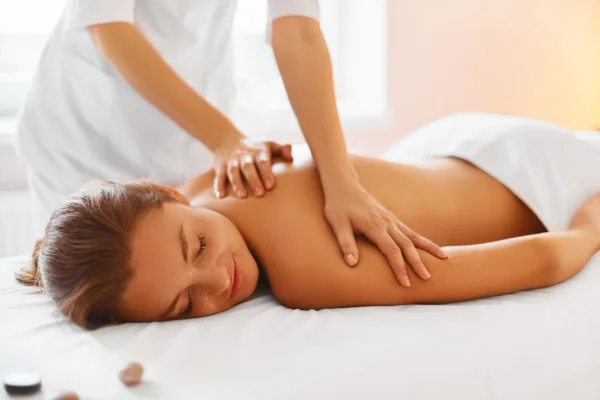
Massage therapy offers a multitude of benefits that enhance your overall well-being, especially during the cold season. By alleviating muscle tension, improving circulation, and promoting relaxation, massage helps you adapt to the rigours of winter. Incorporating regular sessions into your routine can keep you moving, reduce stress, and maintain your mobility even when temperatures plummet.
Increased Circulation
Receiving massage therapy stimulates blood flow, enhancing circulation throughout your body. Improved circulation not only increases oxygen and nutrient delivery to your muscles but also aids in the removal of metabolic waste. This is particularly beneficial in cold weather, as it helps maintain warmth and reduces the risk of stiffness associated with low temperatures.
Alleviation of Muscle Pain
Massage therapy effectively reduces muscle pain, making it an ideal solution during the cold season. The deep tissue work addresses knots and tension build-up, allowing you to experience relief from aches caused by winter activities and lower overall activity levels. Regular sessions can prevent pain from developing, enabling you to stay active and engaged in outdoor pursuits.
With techniques like deep tissue and trigger point therapy, massage targets specific areas of discomfort, releasing tight muscles and increasing flexibility. The treatment encourages the body’s natural healing processes, promoting the release of endorphins that act as natural painkillers. As a result, you may notice a marked improvement in your range of motion, empowering you to enjoy your favorite winter activities without the burden of lingering pain.
Types of Massage Techniques
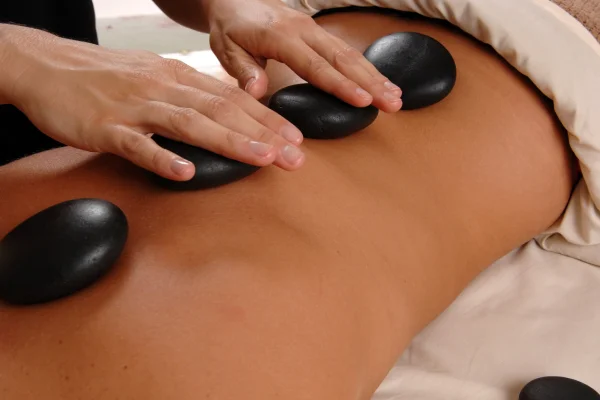
Massage therapy encompasses various techniques tailored to meet your specific needs. Each method provides unique benefits that can alleviate tension, enhance circulation, and promote relaxation. Here are some popular massage techniques you might consider:
- Swedish Massage
- Deep Tissue Massage
- Hot Stone Massage
- Sports Massage
- Aromatherapy Massage
Recognizing the right technique can help you achieve optimal relief and comfort throughout the cold season.
| Type | Description |
| Swedish Massage | Gentle techniques using long strokes for relaxation. |
| Deep Tissue Massage | Focuses on deeper layers of muscle and connective tissue. |
| Hot Stone Massage | Uses heated stones to relieve tension and pain. |
| Sports Massage | Designed for athletes to enhance performance and recovery. |
| Aromatherapy Massage | Incorporates important oils for additional relaxation. |
Swedish Massage
This technique employs long, flowing strokes combined with kneading and circular movements. You’ll find this style effective in promoting relaxation and improving circulation, making it an ideal choice for relieving tension and stress during the cold months.
Deep Tissue Massage
Deep tissue massage targets the deeper layers of muscle and connective tissue. It focuses on specific areas of tension and stiffness, making it particularly beneficial for chronic pain and tightness that can occur in cold weather. You may experience some discomfort during the session, but the long-term relief from muscle knots is worth it.
Deep tissue massage is especially valuable in the winter, as it can help alleviate pain caused by tense muscles that can become stiff in colder temperatures. By applying firm pressure and slow strokes, this technique alleviates deep-seated tension, enhancing your mobility and helping you stay active as outside temperatures drop.
How Massage Therapy Enhances Mobility
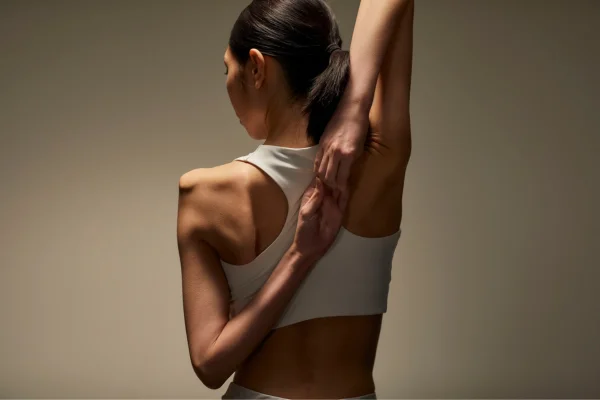
Massage therapy plays a pivotal role in enhancing your mobility, particularly during the cold season when tight muscles can inhibit movement. Regular sessions help release tension built up in your muscles and connective tissues, allowing for smoother joint function. Increased circulation from massage also ensures that your muscles receive the nutrients and oxygen they need to stay resilient, ultimately supporting an active lifestyle despite harsh weather conditions.
Flexibility Improvement
Engaging in massage therapy can significantly improve your flexibility, allowing for a wider range of motion in your joints. By targeting tight muscle groups, massage helps to elongate and relax them, which directly contributes to fluidity in your movements. With improved flexibility, daily activities become easier, and you can participate in winter sports with reduced risk of strain.
Injury Prevention
Frequent massage therapy sessions are effective in reducing your risk of injury. When tightness in your muscles is alleviated through targeted techniques, the likelihood of strains and sprains diminishes. Maintaining optimal muscle elasticity is key to preparing your body for physical exertion, especially in colder conditions where muscles are more prone to stiffness.
Injury prevention through massage therapy also involves proactive care of your muscle groups. Research shows that consistent massage can increase muscle resilience, making you less vulnerable to the stress of physical activities, like shoveling snow or skiing. By focusing on specific areas of tension, massage therapists can identify potential stress points, enabling you to address them before they escalate into injuries. This preventative approach ensures you remain active and healthy during the winter months.
Finding the Right Massage Therapist
Choosing the right massage therapist can enhance your overall experience and the effectiveness of treatment. Look for therapists who specialize in areas relevant to your needs, such as sports injuries, deep tissue, or relaxation. Check local directories or associations for licensed professionals who adhere to industry standards and practices. Personal recommendations are also valuable, as they offer insight into the therapist’s approach and capabilities.
Qualifications to Look For in an Edmonton Massage Therapist
When choosing a massage therapist in Edmonton, credentials matter as much as comfort. Look for therapists who are licensed or registered through recognized Alberta associations such as the Massage Therapists Association of Alberta (MTAA) or the Natural Health Practitioners of Canada (NHPC).
A well-trained therapist should have a solid background in anatomy, physiology, and a range of massage techniques. Additional certifications in areas like chronic pain management, sports recovery, or stress relief show they’ve taken the time to specialize and refine their skills.
Membership in professional organizations also signals a commitment to ongoing education, ethical practices, and maintaining high standards of care — exactly what you should expect from a trusted Edmonton massage therapist.
Questions to Ask
Asking the right questions can help you gauge a therapist’s suitability. Inquire about their experience with specific techniques, how they approach client assessments, and what to expect during a session. Asking about their continuity of care also sheds light on their commitment to your long-term well-being, as building a rapport can significantly enhance the therapeutic effects of the massage.
For a deeper understanding, consider specifics such as their approach to client feedback and adjustments made during a session. Ask how they integrate techniques based on individual preferences or conditions. Inquiring about their experience with clients similar to you can provide insights into their adaptability and effectiveness. Understanding their communication style and willingness to discuss your concerns openly will help build trust, which is necessary for a positive massage therapy experience.
Incorporating Massage Therapy into Your Routine
Integrating massage therapy into your routine can enhance your well-being during the cold season. Regular sessions help alleviate muscle tension, improve circulation, and combat the winter blues. Scheduling consistent appointments, whether weekly or biweekly, creates an opportunity for your body to recover and adapt to the seasonal changes without significant stress. Aim to make massage therapy a part of your self-care regimen for optimal results.
Frequency and Timing
For maximum benefits, consider scheduling massages at least once every two weeks, particularly during the cold season when your body endures additional stress. An early morning session can energize you for the day, while end-of-week appointments help unwind and prepare for relaxation over the weekend. Adjust the frequency based on how your body responds, seeking more frequent sessions as needed.
Combining with Other Wellness Practices
Incorporating massage therapy with other wellness practices amplifies its effects, promoting overall health and resilience. Pairing your sessions with activities such as yoga, meditation, or mindful breathing enhances relaxation and stress relief. Additionally, supporting your body with proper hydration, a balanced diet, and regular exercise can further enhance the benefits of massage and keep you feeling warm and active.
Combining massage therapy with yoga can improve flexibility and alleviate soreness, while meditation techniques foster mental clarity and stress reduction. Engaging in strength training alongside massage aids in muscle recovery and builds resilience against cold-related physical strains. Nutrition plays a key role as well; anti-inflammatory foods can enhance recovery from muscle aches post-massage. By integrating these practices, you create a holistic approach to combat the physical and mental challenges brought on by the cold season.
Cold Season in Edmonton Massage Conclusion
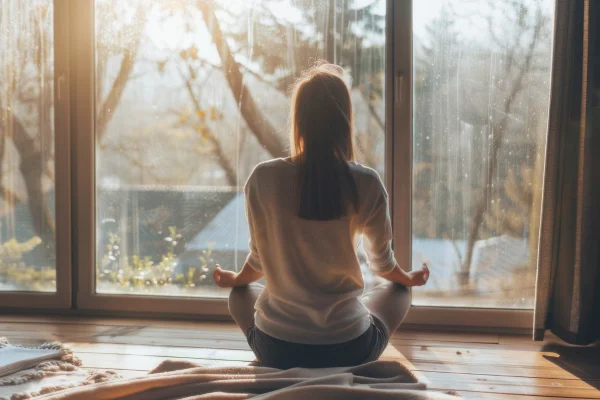
As Edmonton’s cold season tightens its grip, your body doesn’t have to suffer with it. Regular massage therapy can be your secret weapon — melting away muscle tension, improving blood flow, and keeping your joints limber even when the mercury drops.
Instead of toughing out another frozen winter, let warmth and wellness work together. Visit The Touch Massage & Wellness in Edmonton to restore your energy, stay loose, and keep your body performing at its best — no matter how cold it gets outside.
